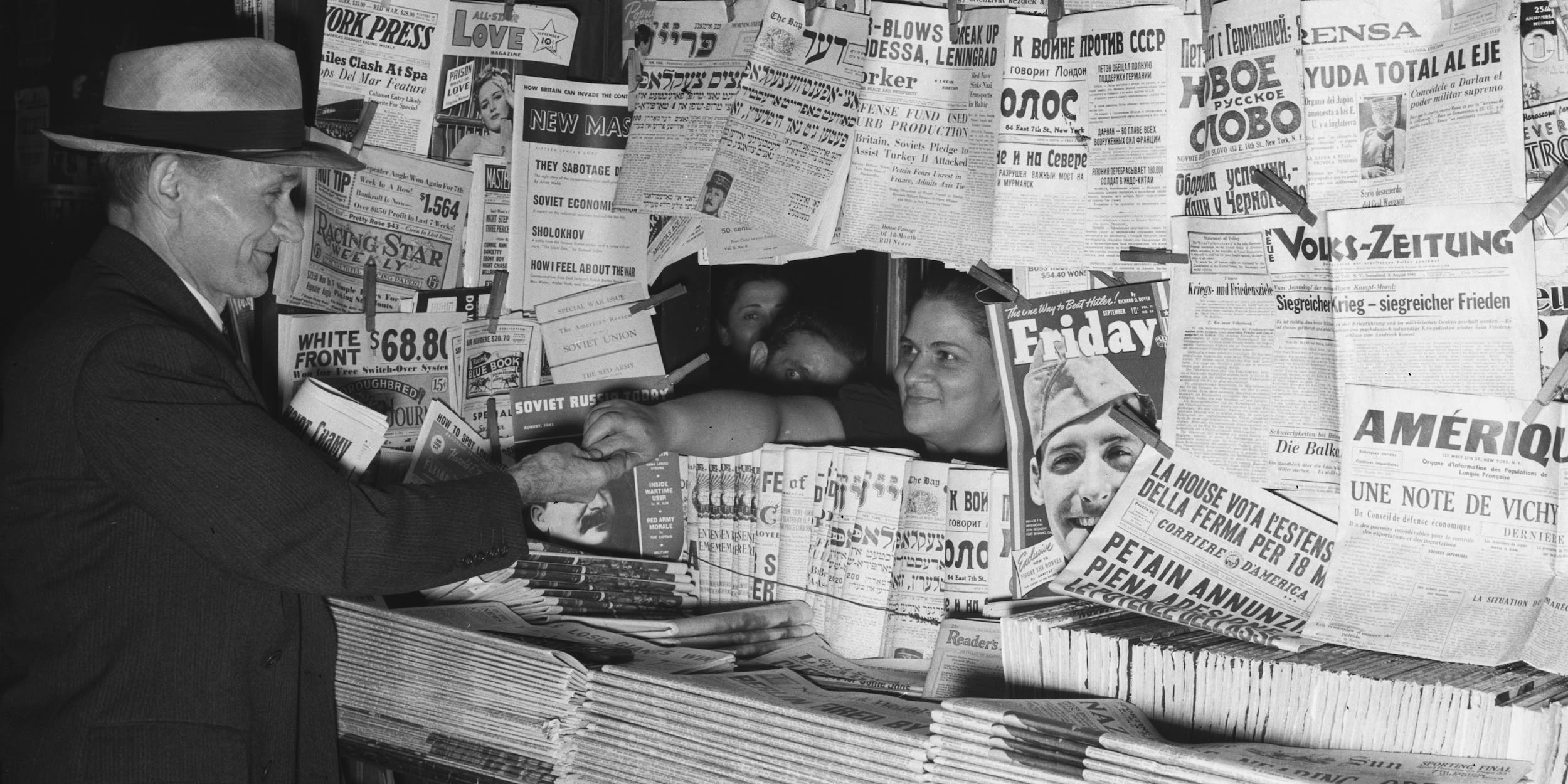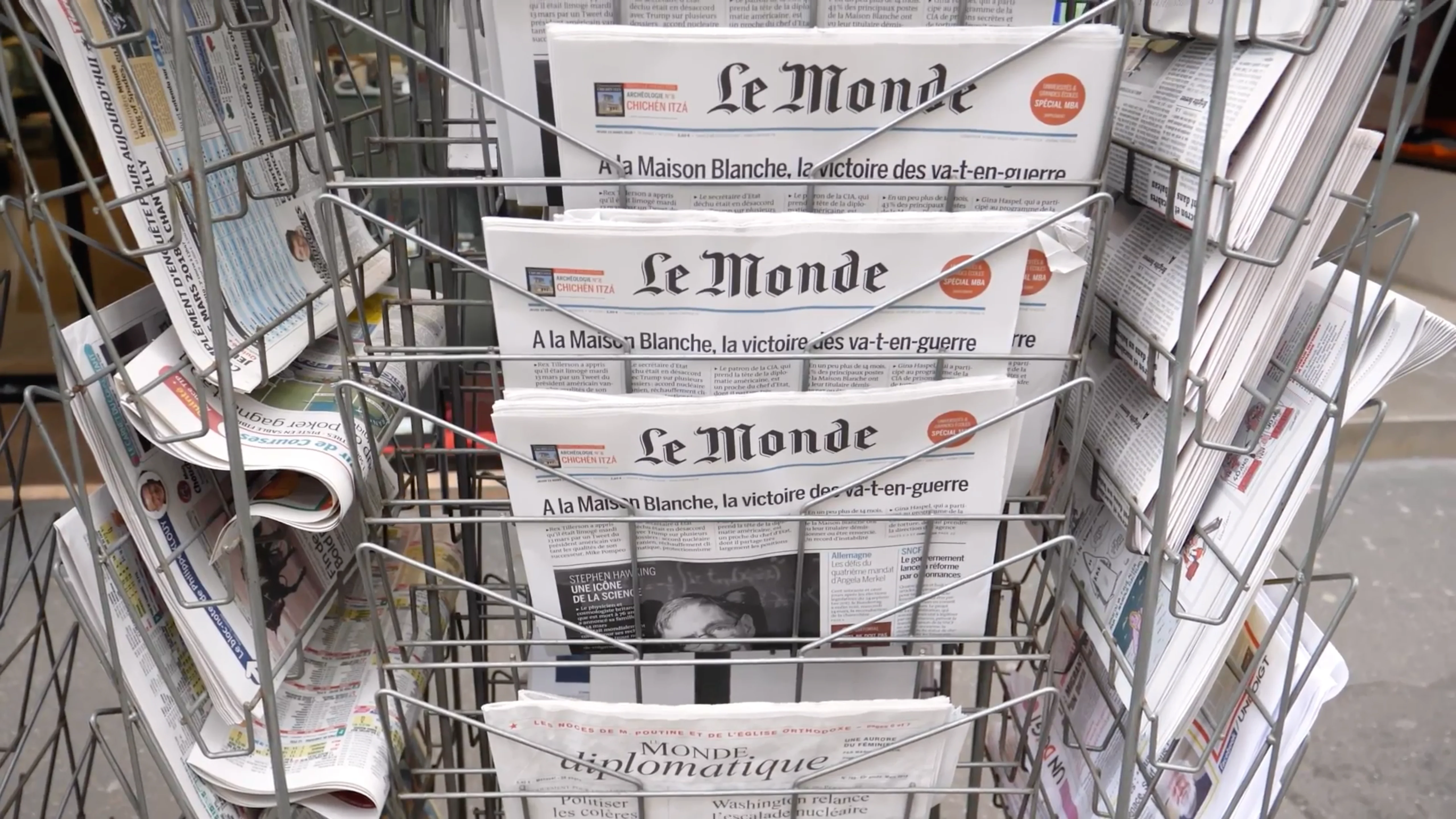The financial future of news
During a period of transition and experimentation, many of the world’s top news brands are using Stripe to reach more readers and earn more revenue.

It’s well understood that the internet has changed the way people consume news and that offline revenue models—built around subscriptions and advertisements—have not kept up. But what comes next remains unclear.
“It’s only the start of the disruption,” said Ramin Beheshti, president and cofounder of The News Movement and formerly an executive at The Wall Street Journal.
To thrive in digital form, newspapers will need to rebuild their economic foundations. Many are doing that already. Today, many of the world’s largest news publications have chosen Stripe to expand their online business footprints and develop new ways of interacting with readers in a rapidly evolving media environment.
“We need new partners, and we need strong partners, and Stripe was the best partner we could imagine,” said Louis Dreyfus, CEO of Le Monde.
Friction hurts
In recent decades, newspaper circulation in the US has fallen by half and advertising revenue has declined more than 75%, according to the Pew Research Center. Newspapers need more readers and they need new ways of creating value around them. Standing in the way are high acquisition costs and churn. Newspapers spend a lot to gain readers they might lose before they’ve recovered their investment.
“There are problems getting people coming in and bigger problems helping them stay,” said Will Page, formerly chief economist at Spotify and author of the book, Tarzan Economics: Eight Principles for Pivoting through Disruption. “Anything that can improve onboarding and retention is worth its weight in gold for newspapers.”
To reduce churn, Nikkei can now offer complex customizations like free trials and use revenue recovery features to provide grace periods for payment failures. It can also implement payment methods such as Apple Pay without having to modify its existing billing engine at significant engineering cost.
Those enhancements point to a basic factor shaping acquisition and retention: friction, or how hard it is for readers to subscribe online. Compared to popular streaming services, which have straightforward pricing and lower churn rates, subscribing (or unsubscribing) to a newspaper is often complex—requiring prospective readers to wade through so many options they give up.
“The news industry has enough barriers to entry for consumer payments. They’ve got to reduce friction in all possible ways,” said Jeff Jarvis of the Craig Newmark Graduate School of Journalism at the City University of New York. “What Stripe can do is reduce the friction.”
Unlocking consumer value
More news companies are bringing tailored payment and subscription options to more readers in more parts of the world. The Guardian reported that it increased digital reader revenue 61% during the 12-month period ending in March 2021; over the same period international revenue grew to account for more than 30% of the publication’s total revenue. Stripe has enabled Le Monde to streamline its technology solutions while driving subscriber acquisition
The news industry is in a period of intense experimentation around subscription and membership models, subscriber benefits, and approaches to payments. Successful publications will need to pivot quickly to take advantage of the most promising approaches.
“It’s been proved over 20 years that try as they might, advertising isn’t enough. Without a doubt, the future of news has to be driven by consumer spending,” said Dominic Young, founder of Axate, a service which enables readers to make casual payments for news articles.
Le Monde partnered with Stripe to expand international digital subscriptions.
Tipping for content
The News Movement is another startup looking for ways to make news engaging and profitable. Cofounded by William Lewis, former CEO of Dow Jones and publisher of The Wall Street Journal, it is led by an executive team with years of experience at major media outlets. As a social-first media business, it reimagines the news for Gen Z audiences, publishing its stories on the platforms young audiences use everyday. It recently complemented that approach with a tipping feature using Stripe Payment Links, whereby a link embedded in a TikTok or a YouTube video lets viewers leave small payments, quickly, for content they enjoyed.
“We create transactional moments where you don’t feel like you’re signing your life away. It has to be seamless. If you create the overhead of needing a subscription to tip a dollar, people aren’t going to do that. One of the really attractive things about Stripe was just how easy it makes it to do a small transaction,” said Beheshti.
Micropayments and tipping are just two fronts in an evolving advance. Jarvis expects that wherever the news industry lands a decade from now, it will need to rely on business models that are more nuanced and fluid than they used to be.
“There are opportunities to reconsider the panoply of possible consumer revenue sources,” Jarvis said. “We need multiple revenue streams, and once you’re motivated to [pay for news], Stripe can become a kind of standard way that we make it easy.”
A growing number of news organizations are choosing Stripe as their partner. Some are processing more than $10 million every year on Stripe, and two have nearly tripled their average daily processing volume since onboarding at the start of the pandemic. They include Axel Springer and Handelsblatt in Germany, Le Monde in France, Nikkei in Japan, and News Corp.


